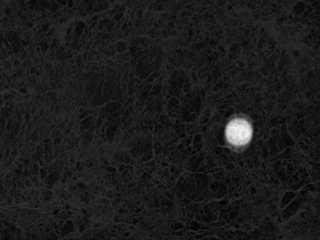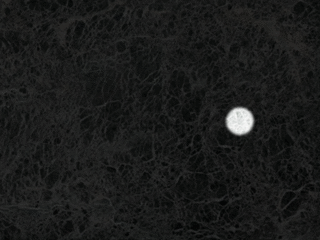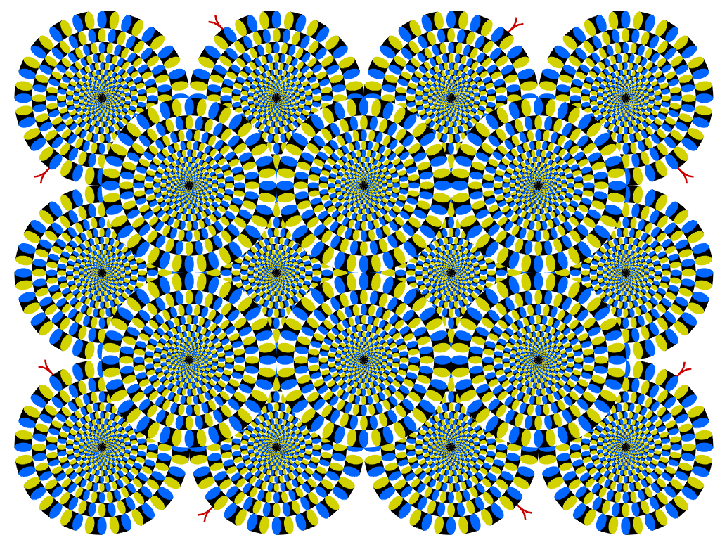What is motion?
People asked me many times whether it is reliable to use human perception to annotate motion. So what is motion? There are two possible answers. First, motion is the physical movement of pixels, and therefore motion has to be measured in a physical way. Second, motion is human percept--motion is what we perceive in our brain, something we can sense and communicate. Look at the following two examples.
 |
 |
Figure 1. Do you perceive any motion? Of course, a circle is moving in a circular orbit. |
Figure 2. Is there any pixel moving in Figure 1? We slow down the motion, and the answer is no. |
Do you perceive any motion in Figure 1? Of course, you see a circle is moving along a circular orbit. But is there any pixel moving in Figure 1? As we slow down the motion in Figure 2, we don't see any pixel moving. In fact, this stimulus was composed by a rotating spotlight shining on a dark surface. So physically, no pixel moves, but we cannot deny the fact that something is moving. Also, we want to build a computer vision system that can "perceive" the motion of the circle.
In fact, human vision system is amazing. Look at the following stimulus from http://www.ritsumei.ac.jp/~akitaoka/index-e.html.

We perceive motion from a static image! How can a comptuer visiont system do this job?
If the ultimate goal of computer vision is to let the computer see what humans perceive, then it is certainly the right way to let humans teach computer how to see the world. Our human-assisted motion annotation serves exactly for this purpose. Indeed, we shall show you that (a) humans' annotations are very consistent, and (b) human's annotations are consistent with other ground-truth data.
Ce Liu
Last modified: Jun 30, 2008